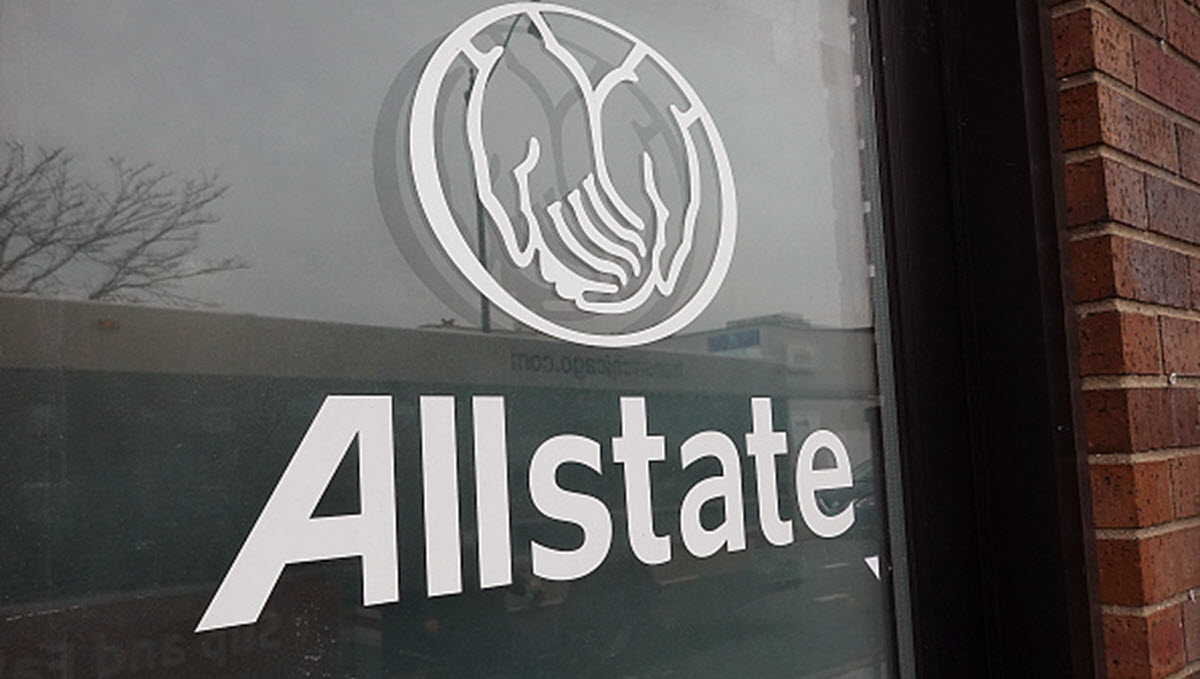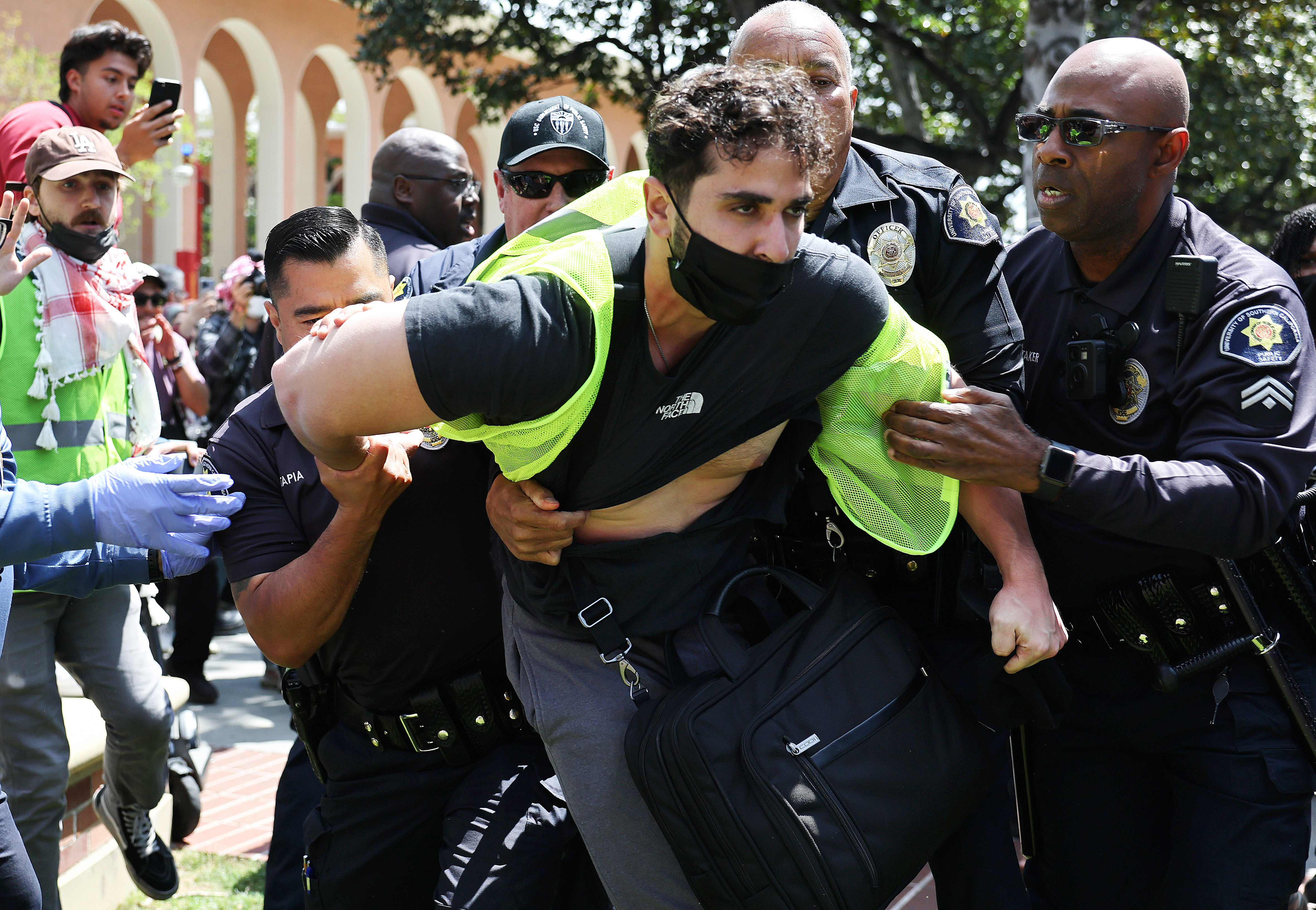Hundreds of cars remained stranded Wednesday on Interstate 5 headed north from California into Oregon in the aftermath of a major storm that dumped snow and created white-out conditions on both sides of the California-Oregon border.
The stranded cars made it difficult for plows to clear the freeway and it was unclear when the northbound lanes would reopen. I-5 was closed in both directions late Tuesday because of the storm, but the southbound lanes reopened at Ashland, Oregon early Wednesday.
As the skies cleared Wednesday, drivers reported being stuck for 17 or more hours in blizzard conditions and some spent the night in their vehicles.
Travel was particularly perilous over the Siskiyou Summit, one of the more treacherous mountain passes, and just south of the Oregon-California state line.
"There is a large number of spun out vehicles, large trucks and smaller cars, along the road that didn’t put chains in their tires as required," Denise Yergenson, a Caltrans spokeswoman said. "That blocked the road and it’s hampering our ability to plow."
Portland, Oregon resident Christina Williams and her 13-year-old son were some of the lucky ones who made it through the storm, but not without plenty of scary moments. They were driving from Oregon to the San Francisco area for Thanksgiving when they first hit snow around Roseburg, Oregon.
Williams said it took them more than 17 hours to reach Redding, California, where they got a hotel room. Conditions were so treacherous, she said, that she was afraid to try to exit the freeway because it was so slippery.
California
Cars all around them were getting stranded and ice formed on her windshield even while the car was on.
"There were spin-outs everywhere, there were trucks that were abandoned and every time we stopped and started moving again, there were people who couldn’t start moving again," Williams said. "Every time we stopped I was like, is this it? Are we going to be here overnight?"
At the peak of the storm, Pacific Power said 15,000 customers were without power.
That number had dropped to several thousand, mostly in northern California, by Wednesday.
The storm — called a "bomb cyclone" — came ashore near Brookings, Oregon late Tuesday afternoon packing heavy snow and winds gusting up to 106 mph in some coastal areas. A bomb cyclone forms when air pressure drops 24 millibars or more in a 24-hour period. They are rare in the U.S. West and this storm’s pressure dropped even more precipitously than expected, leading forecasters to say it was one of the worst such storms in the past 15 to 20 years.
Central Oregon also got hit with snow and Oregon State University closed its Bend campus due to weather conditions.



